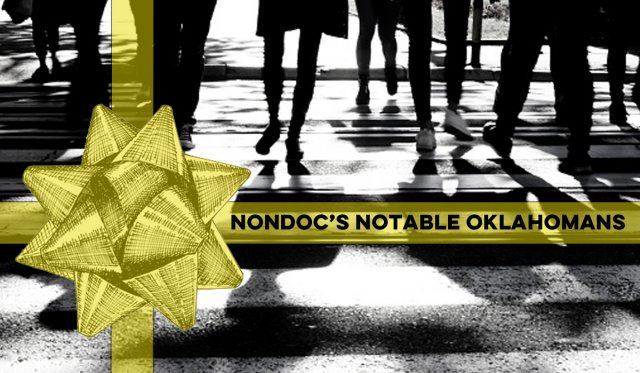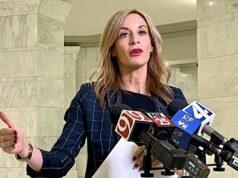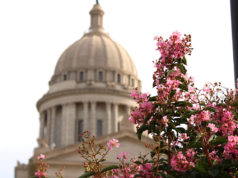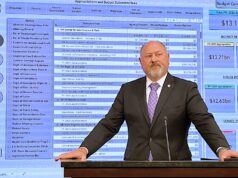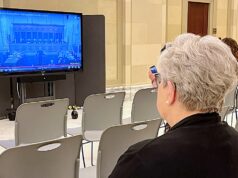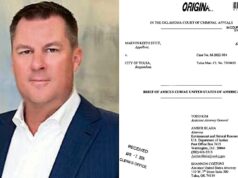
Our list of notable Oklahomans features people who have been at the center of the news and culture in 2020. Some of them have been news-makers in their own right, making decisions and statements with far-reaching repercussions — for good and for bad and in ways we might not know for some time.
Others are people who, intentionally or not, have found themselves in the middle of the year’s biggest events. This is certainly not an exhaustive list, but we hope it provides a sampling of the characters who have featured prominently in the latest chapter of Oklahoma’s story. Those presented below appear in alphabetical order.
Rev. T. Sheri Dickerson
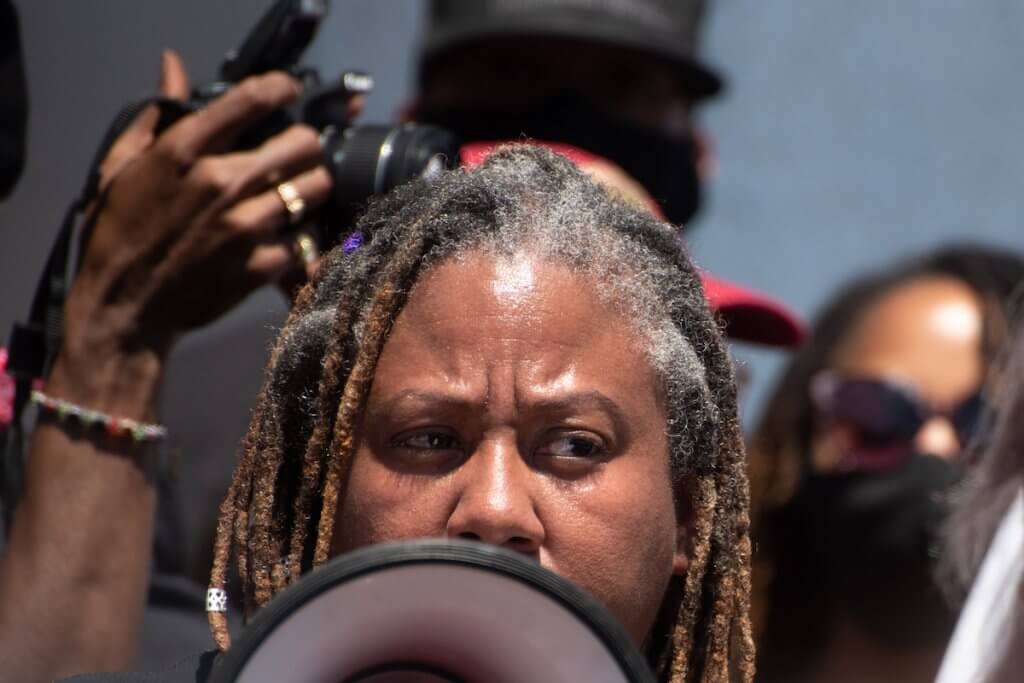
Although the COVID-19 pandemic overwhelmed much of the news in 2020, this summer’s protests in the wake of the killing of George Floyd in Minneapolis were the other big story of the year. The Rev. T. Sheri Dickerson, the president of the Oklahoma City chapter of Black Lives Matter, was an omnipresent figure when the wave of protests hit Oklahoma, appearing at events and marches big and small to speak in favor of fundamentally changing policing and other institutions. The increasing prominence of BLM represents the rise of racial-justice activism focused on the abolition of “the systems that continue to destroy Black lives,” as Dickerson said at one protest. This year, Dickerson has been a primary voice of this movement in Oklahoma.
Epidemiologists
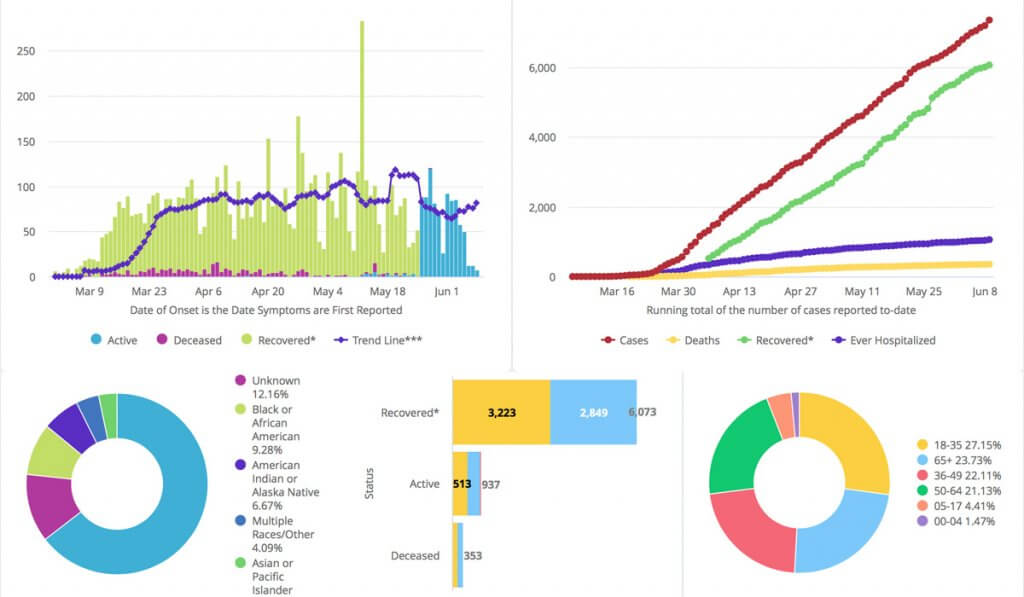
This time last year, many of us had only a vague notion of what epidemiologists do. Now we track their work on an almost daily basis, checking in on infection rates and the latest information about how COVID-19 spreads as we try to determine risks and make decisions. Oklahoma had three state epidemiologists in 2020: Dr. Laurence Burnsed, who was reassigned from the post in March; Dr. Aaron Wendelboe, who served from March through July; and the current state epidemiologist, Dr. Jared Taylor. So it’s hard to name a central epidemiological figure in the state, and all the personnel shuffles arguably signal a demotion of the role in the public health infrastructure. Nevertheless, epidemiologists at the state, county and national levels had a profound influence on our lives during this pandemic year.
Essential workers
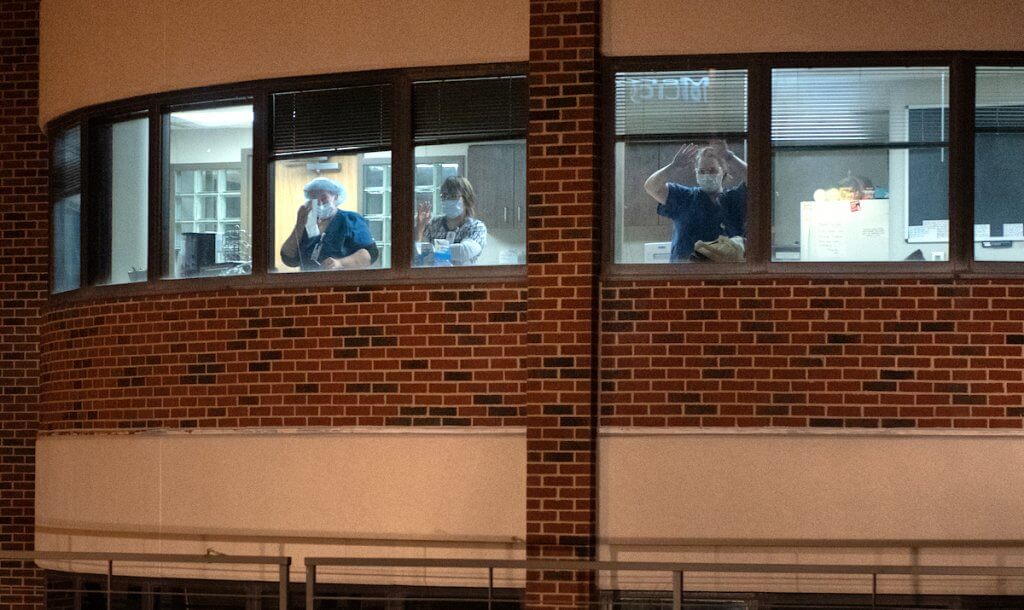
This year has expanded our understanding of who exactly it is that keeps our society functioning. It’s largely not the professions we usually think of as prestigious or important. Instead, it’s grocery-store employees, meat-packing workers, delivery drivers, childcare providers, health system employees and on and on. The people who have kept Oklahoma running throughout this crisis have often been in low-paying, low-visibility jobs that many times expose them to increased risk of contracting COVID-19. As debates have raged over shutdowns and mask regulations and financial assistance, it is essential workers who are at the center of these conversations, whether they’re mentioned or not.
Joy Harjo
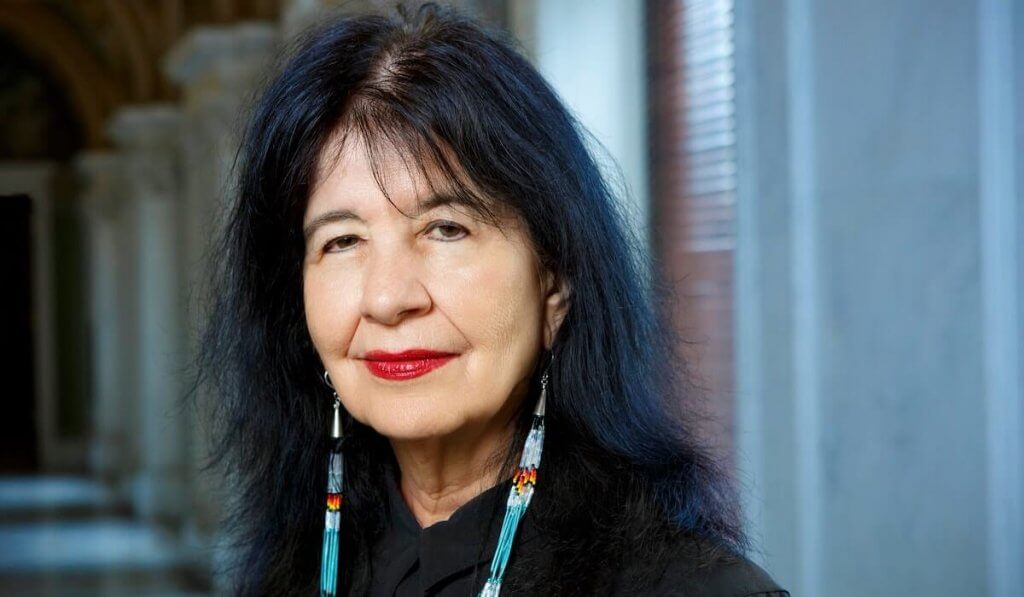
The Muscogee (Creek) poet Joy Harjo has been a stalwart of Oklahoma’s literary scene for decades, and for the past two years she has also been the U.S. poet laureate. She is the first Native American poet laureate, and in November it was announced that she will be the second person ever to hold the office for three terms. (The first was Robert Pinsky, who served from 1997-2000.) This year in particular, she has marked important milestones in the effort to preserve and honor Indigenous literature. She was the primary editor of the anthology When the Light of the World Was Subdued, Our Song Came Through, “the first historically comprehensive” collection of Native poetry. She also launched Living Nations, Living Words, an online mapping project and sound collection highlighting contemporary Native poets.
Joseph Harroz Jr.
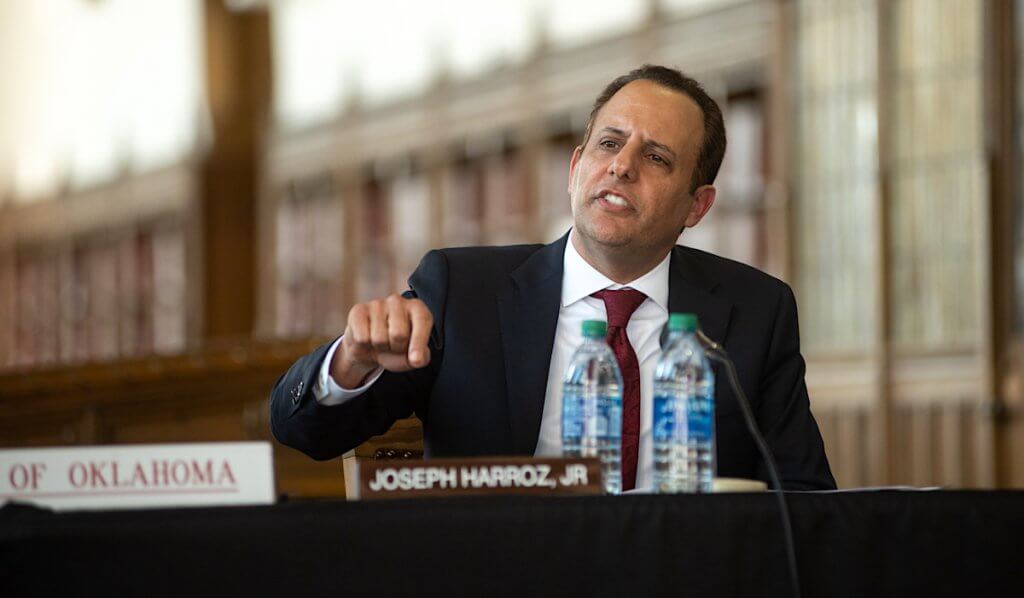
Joseph Harroz Jr. was appointed the 15th president of the University of Oklahoma in May after filling the role in an interim capacity for a year. It has been a chaotic few years for OU, amid the eruption of various scandals and the whirlwind tenure of Harroz’s predecessor, James Gallogly. Harroz is far from a break with the past, having served as David Boren’s legal counsel in the U.S. Senate and at OU before being named the dean and director of the OU Law Center. But Harroz took the reins as OU president at a critical juncture for the university, and he is the face of whatever the institution’s future might hold.
Tommie Johnson III
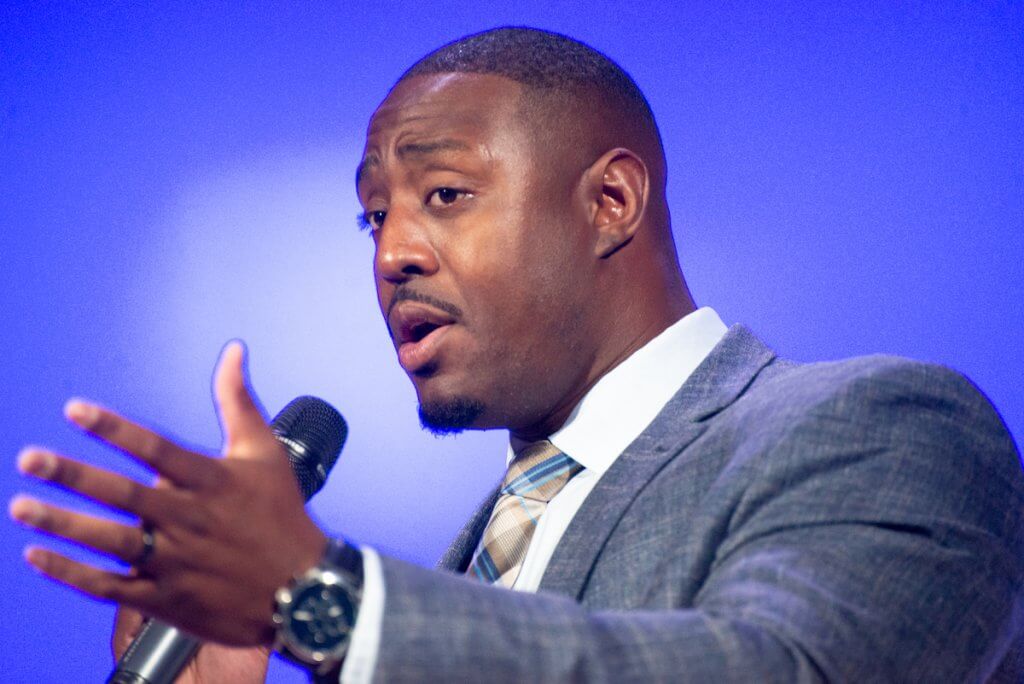
In a tumultuous year for law enforcement, the election of Tommie Johnson III as Oklahoma County sheriff might point the way to what the future holds for the profession. In a remarkable upset, Johnson won the Republican primary to unseat the incumbent P.D. Taylor, who held the post since 2017 and had decades of experience in law enforcement. The 31-year-old Johnson, who had served as a Norman police officer since 2015, went on to beat Oklahoma City Police Lt. Wayland Cubit in the general election. Johnson will become Oklahoma County’s first Black sheriff Jan. 4. He is also a conservative who opposes efforts to reduce police budgets and some other objectives of the Black Lives Matter movement, running instead on a message of transparency and increasing trust in law enforcement. He said his first priority will be to implement body cameras for OCSD deputies.
Gov. Kevin Stitt
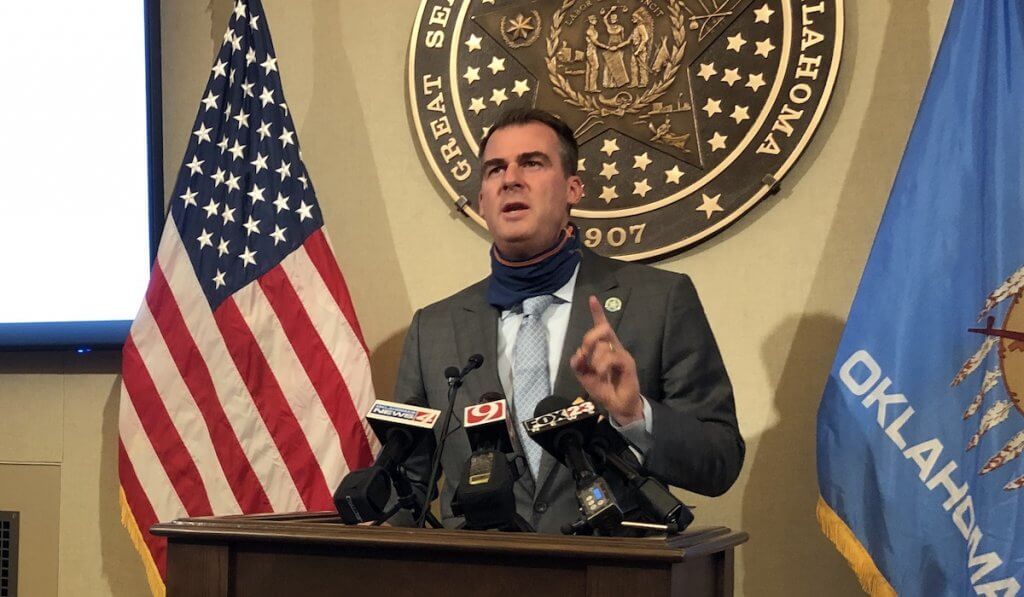
In his second year in office, Oklahoma Gov. Kevin Stitt could not have received a more abrupt end to his political honeymoon. It matters who serves as governor at any time, but the COVID-19 pandemic and its many accompanying crises have made Stitt’s actions and decisions even more crucial than usual. The executive branch has been pivotal in Oklahoma’s response to the pandemic, controlling statewide shutdowns and restrictions, overseeing the distribution of CARES Act money and managing the implementation of testing, tracing and, now, vaccination. Stitt himself has been highly visible. His wearing or not wearing of a mask at various public appearances has been a subject of regular scrutiny to accompany his steadfast refusal to issue a statewide mask mandate. Meanwhile, he hasn’t shied from scraps with the Legislature, whether by vetoing the state budget or going rogue to unilaterally attempt to authorize new types of gambling in gaming compacts with a pair of tribes.








